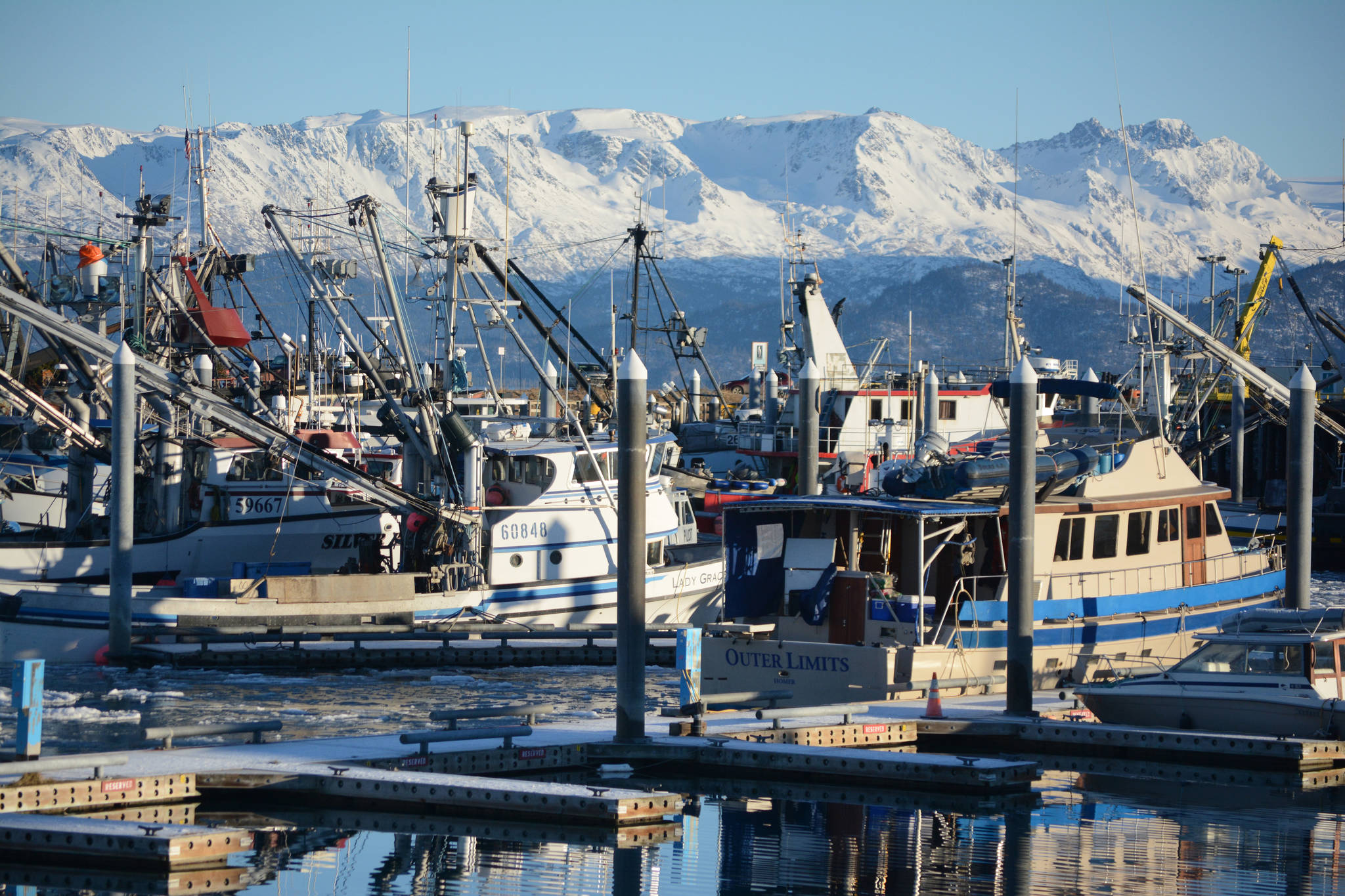The International Pacific Halibut Commission finished up their annual meeting last week by raising total halibut removals from all fisheries in all areas but cutting the quota for the commercial and charter sector in Area 2C, Southeast Alaska.
The IPHC decides halibut removals for the Bering Sea/Aleutian Islands, Gulf of Alaska, British Columbia and the West Coast across most user groups, including the commercial and charter sectors, and personal use and non-charter sport users.
Halibut bycatch from trawlers is regulated by the North Pacific Fisheries Management Council, which recently decided to tie halibut bycatch in the Bering Sea to halibut abundance.
At their interim meeting in late November, early December, IPHC scientists talked about an incoming year-class that they have been eyeing for awhile, which is expected to swell the ranks of harvestable halibut in the commercial and sport charter sector, leading the commission to expand the overall removals. It’s not clear yet during times of wide ocean temperature fluctuations, “warm blobs” and other ocean disruptions how well the incoming year classes will respond or survive.
This all comes at a time when recent battles have taken place at a different regulatory body, the North Pacific Fisheries Management Council, over tying abundance of halibut stocks in the Bering Sea to the amount of halibut bycatch Bering Sea trawlers are allowed to discard/waste halibut.
Bering Sea halibut are known to migrate to the Gulf of Alaska and beyond, as far south as California, making their breeding grounds in the Bering Sea of increased importance to the survival of the notoriously far-ranging species.
The commercial quotas for Alaskan waters are Area 2C, Southeast, 3.51 million pounds, down from 3.53 million; Area 3A, Central Gulf of Alaska, 9.55 million pounds, up from 8.9 million pounds; Area 3B, Western Gulf of Alaska, 3.35 million pounds, up from 2.56 million pounds; Area 4A, Eastern Aleutians, 1.76 million pounds, up from 1.66 million pounds; Area 4B, 1.28 million pounds, up from 1.23 million pounds; and Area 4CDE 2.06 million pounds, up from 1.67 million pounds.
While many sources tout the encouraging signs with the new year-classes entering the fisheries, it remains to be seen whether the trend will continue to bring new year-classes into the fishery. The large halibut biomass increase in Area 3B, Western Gulf of Alaska, vaguely mirrors the unusually large halibut biomasses that tripled the size of the 3B quota for commercial fishermen in the late 1990s at the start of the IFQ program.
Cristy Fry can be reached at realist468@gmail.com.



